University HR Staffing Assignment: Legal Compliance Chapter Two
VerifiedAdded on 2022/08/25
|5
|801
|66
Homework Assignment
AI Summary
This assignment addresses key aspects of HR staffing and legal compliance, as outlined in Chapter Two of the provided material. The solution explores the power dynamics between employers and employees, considering factors like skill scarcity and control over work effort. It delves into disparate impact statistics, acknowledging that demographic patterns may not always indicate discrimination and that cultural and historical factors can play a role. The assignment also outlines the necessary factors for establishing a discrimination claim, including protected class membership, job qualifications, rejection despite qualifications, and the continued search for other candidates. Furthermore, it examines the reasons organizations might opt for consent agreements instead of court battles, considering costs, public relations, and image. Finally, the solution contrasts the staffing procedures of private and public organizations, highlighting the impact of regulations, merit principles, and civil service rules on the hiring process.
1 out of 5
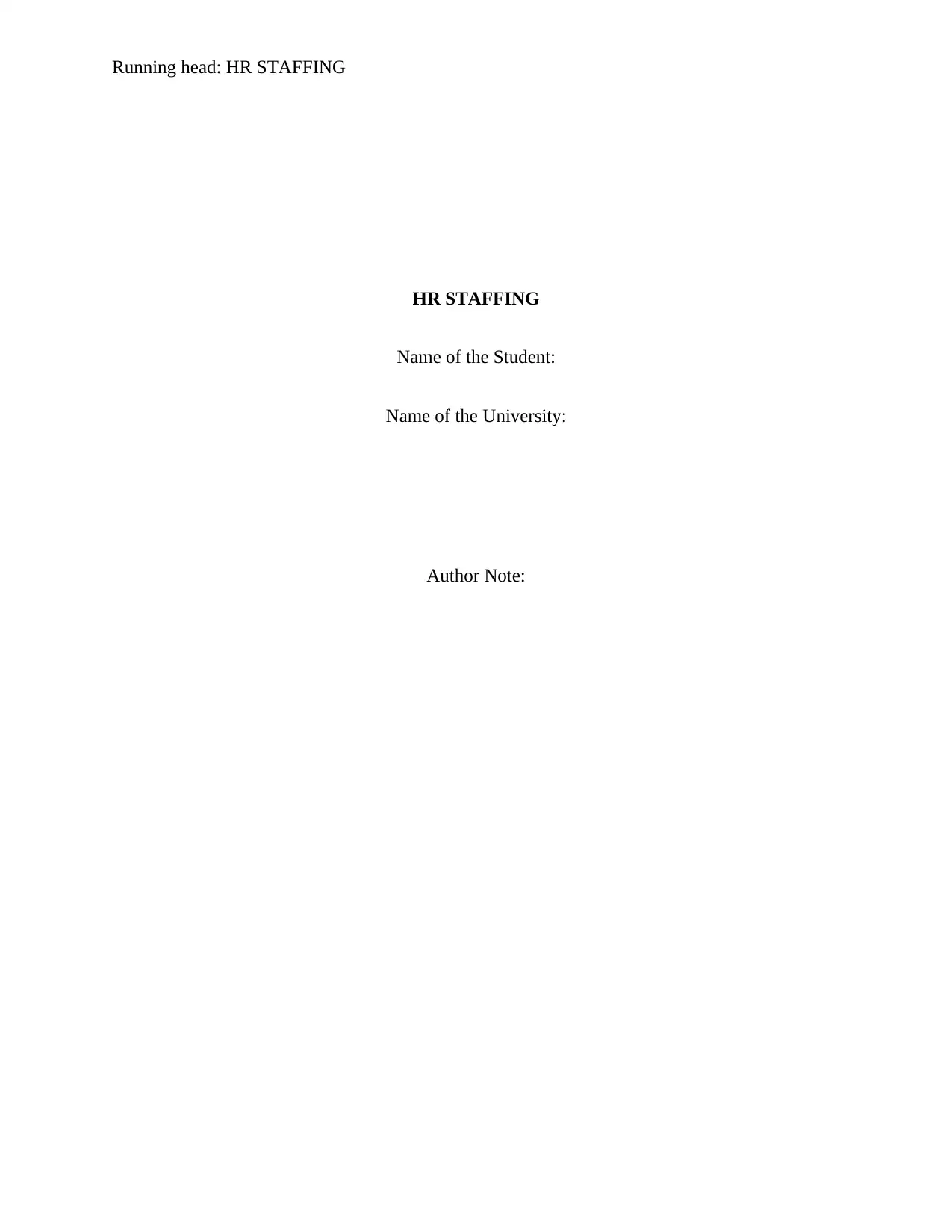
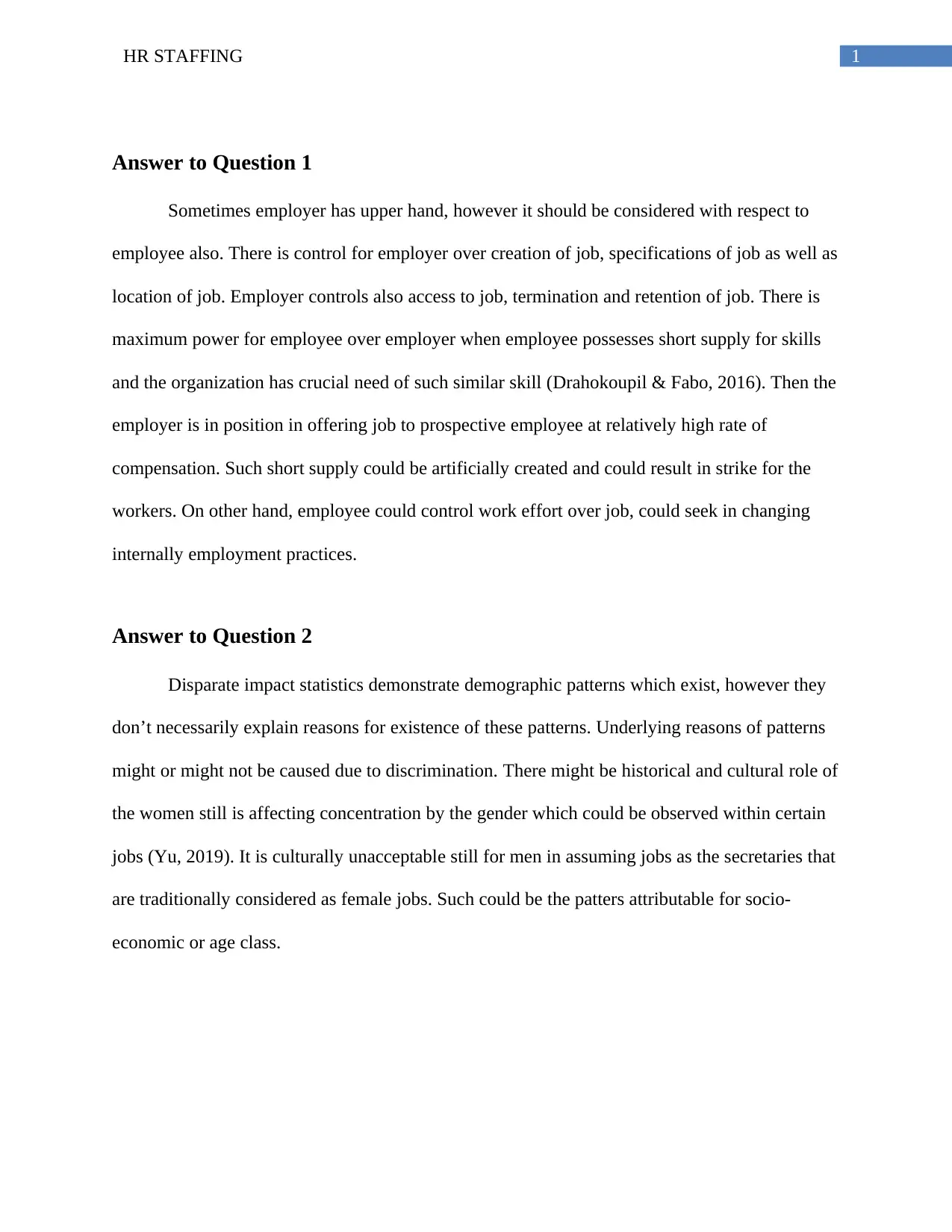
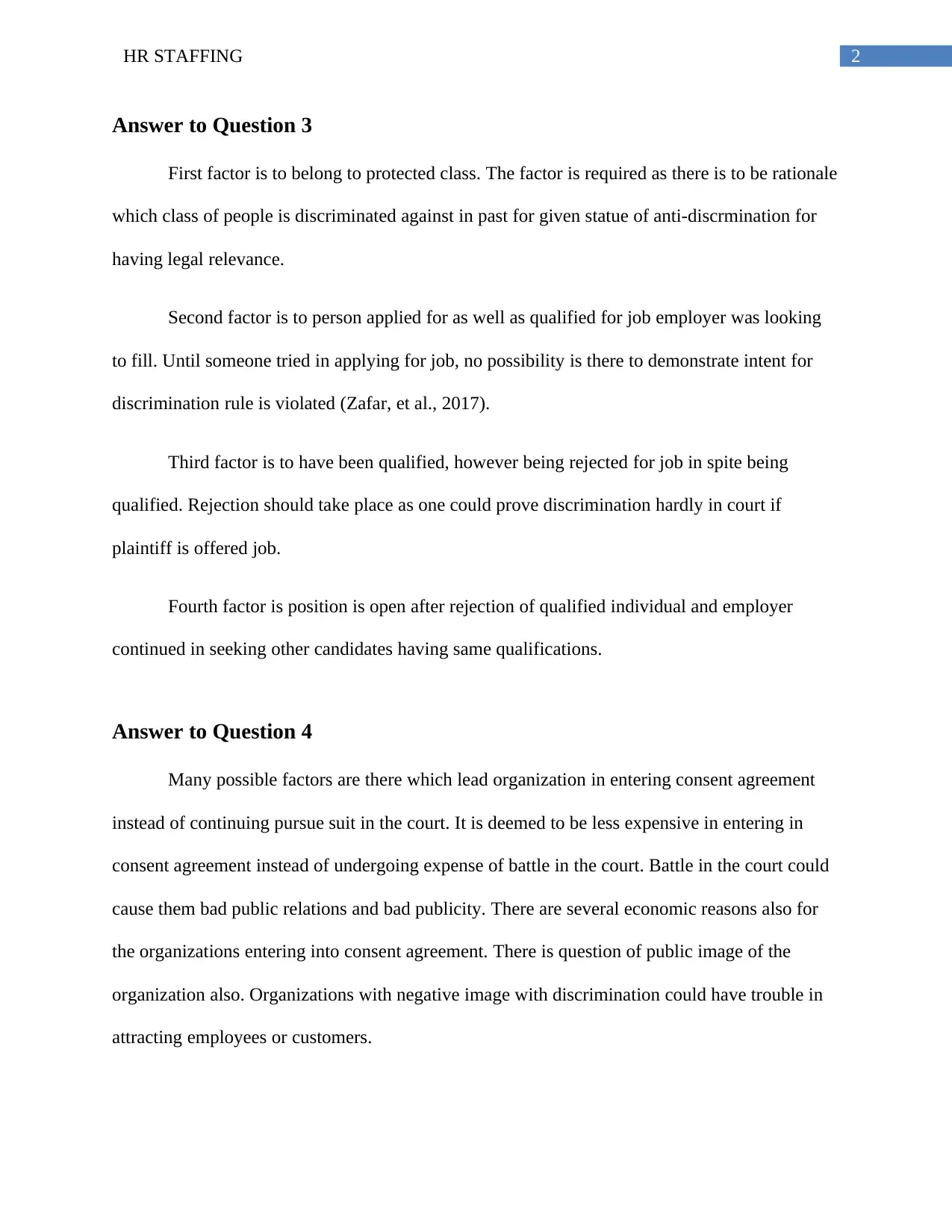

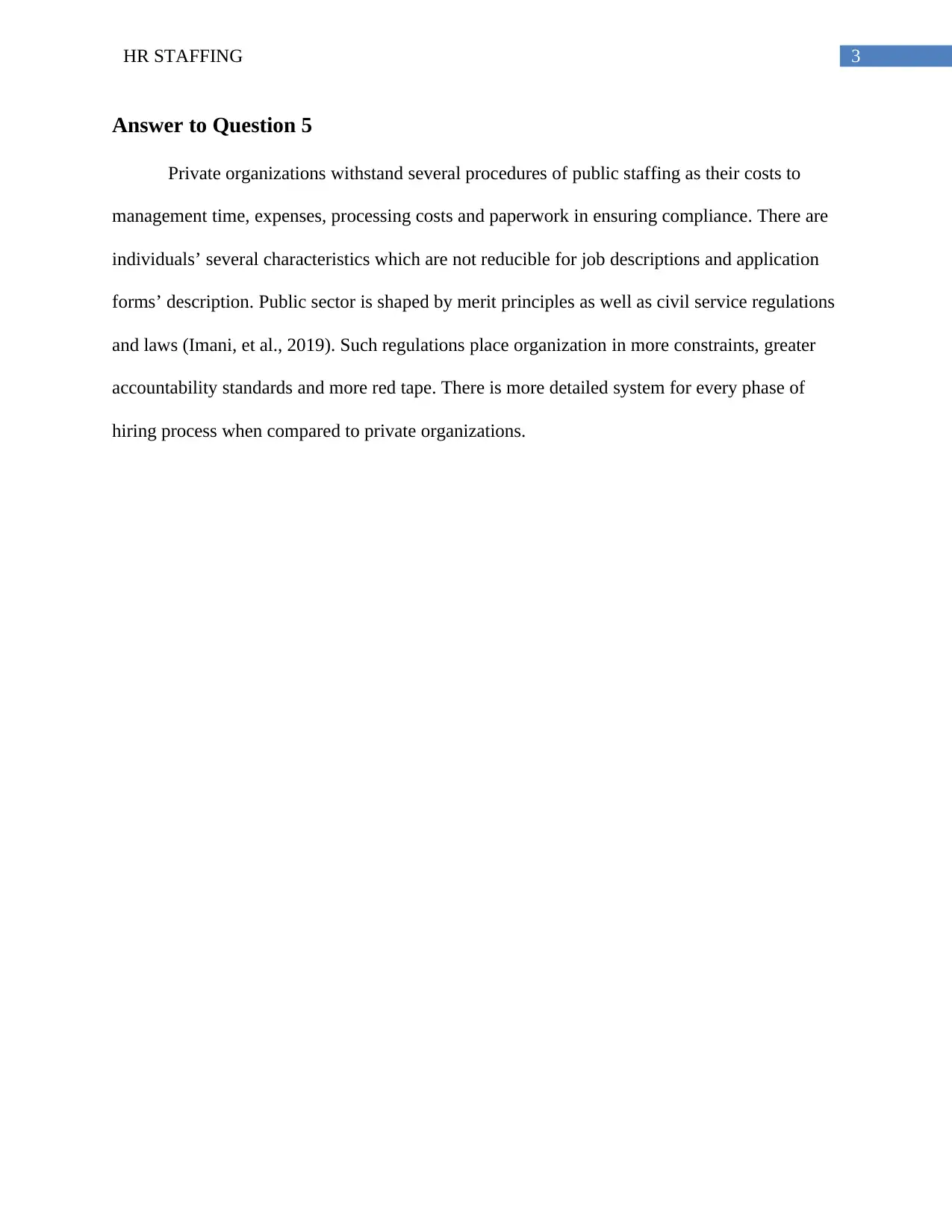
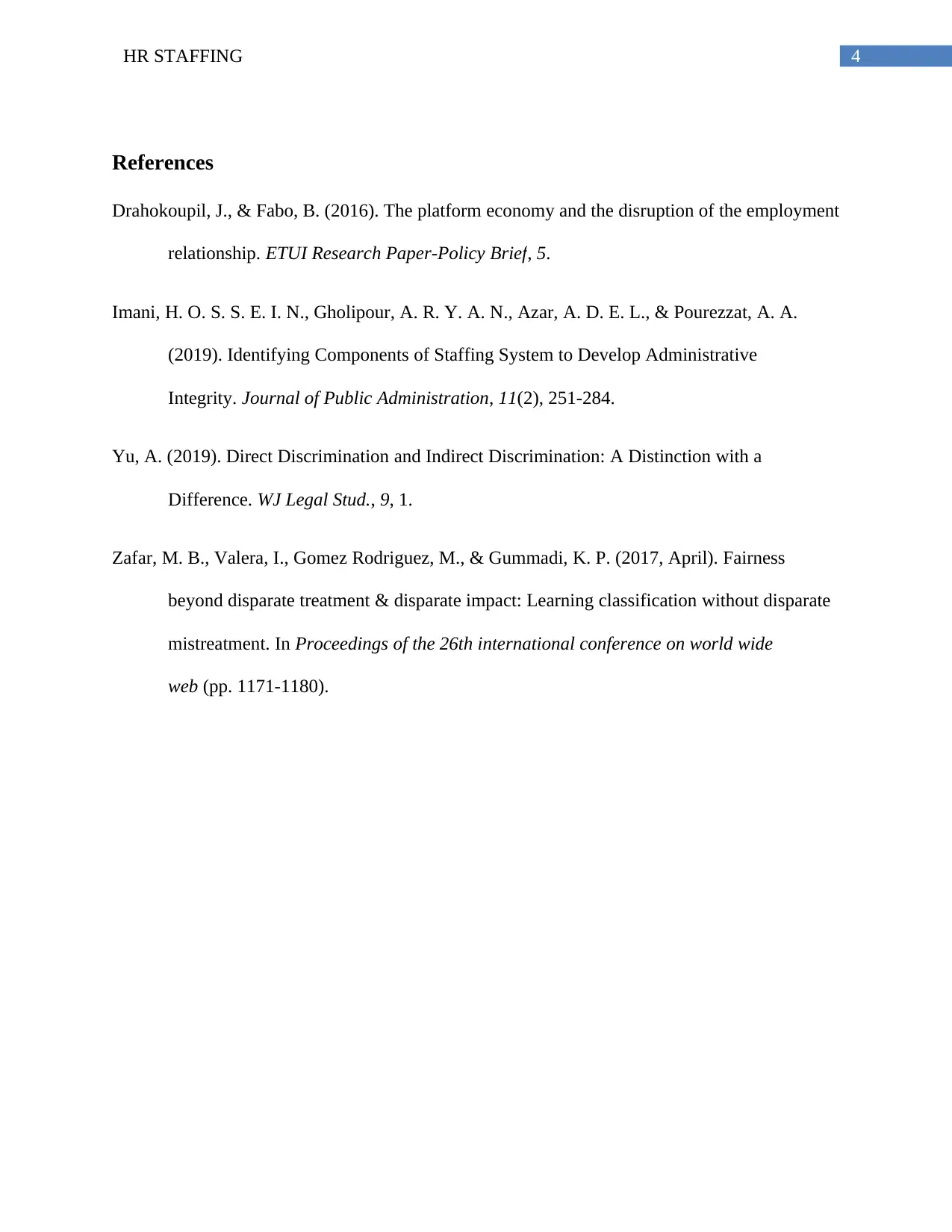
![[object Object]](/_next/static/media/star-bottom.7253800d.svg)